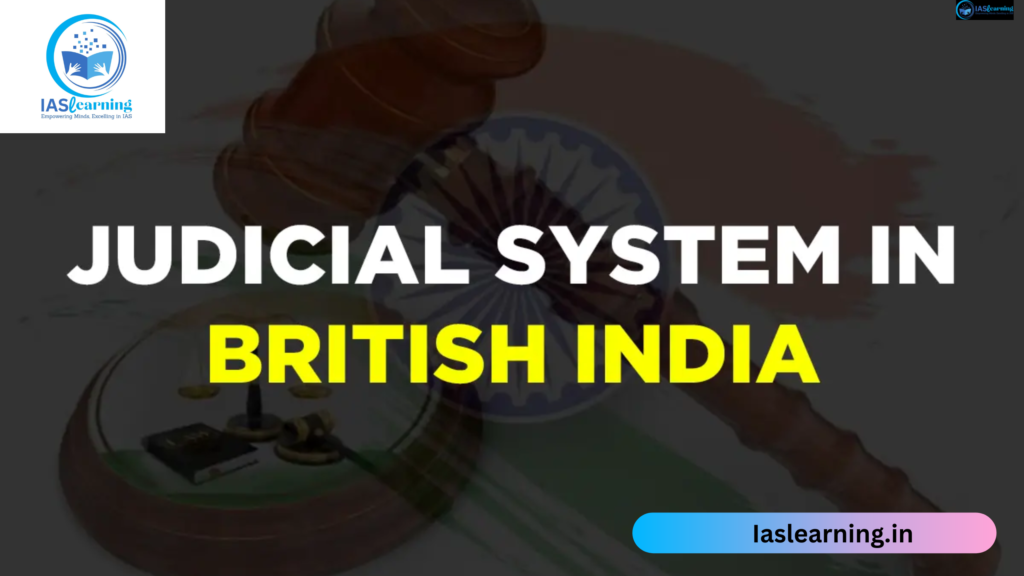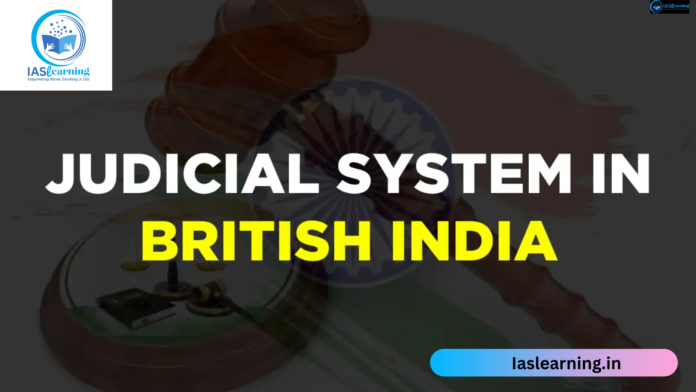Evolution of Judiciary During British Times
The legal system in pre-colonial India lacked both adequate court organization and procedures. It was believed that Rajas and Badshahs were the source of justice, and that justice might be administered arbitrarily.
Based on documented judicial precedents, the common law system dates back to 1726, when the East India Company established mayor’s courts in Madras, Bombay, and Calcutta.
For more : What is the concept of Nation and State?
What is Constitutionalism And Consitutional Morality
- The Charter of 1662 had granted the EIC the authority to exercise judicial powers in India. Although the Charter of 1726 gave the EIC the authority to create Mayor’s courts—also known as Courts of the King of England—in Calcutta, Bombay, and Madras, it said nothing about the Company’s authority over indigenous people.
- The Mughal legal system was superseded by new components of the judicial system when the firm evolved from a trade company to a governing force.

Reforms under Warren Hastings
- Hastings’ rules, which established mofussil courts—civil and criminal courts—in each region placed Native Americans under the authority of the EIC.
- District Diwani Adalat was established to adjudicate civil disputes. The collector was given authority over these Adalats, which were governed by Muslim law for Muslims and Hindu law for Hindus.
- Set up to adjudicate criminal cases, District Faujdari Adalats were supervised by Indian authorities with support from Qazis and Muftis. The collector also had overall control over these adalats.
- A Supreme Court was formed in Calcutta under the Regulating Act of 1773, with the authority to judge all British subjects, including Europeans and Indians, who were found within the city and its subordinate establishments.
For more : UPSC Final Result 2023: Out, Download here
Indian Renaissance Short Notes
Reforms under Cornwallis (1786-93)
- Circuit Courts were formed in Calcutta, Dacca, Murshidabad, and Patna in place of the District Faujdari Courts. These circuit courts were to serve as courts of appeal for both civil and criminal proceedings, and its judges were from Europe.
- After being moved to Calcutta, Sadar Nizamat Adalat came under the jurisdiction of the Governor General, Supreme Council members, and the chief mufti and Qazi.
- Under a district judge, District Diwani Adalat was renamed as the district, city, or Zila court.
- A civil court grading system was devised.
- Mufti’s court run by Indian law enforcement.
- district judge-run registrar’s court
- As provincial courts of appeal, four circuit courts
- Sadar Diwani Adalat for appeals of 5,000 and more in Calcutta and the King-in-Council
- The Cornwallis Code was outlined, separating the administration of justice from income.
- Additionally, European subjects were brought under authority.
- The civil courts heard cases involving government employees acting in their official capacities.
- The idea of the law’s sovereignty was formed.
Reforms under William Bentick
- Persian became replaced by English in the Supreme Court under William Bentinck.
- The four district courts were eliminated by him, and collectors now overseen by the commissioner of revenue and court were given their duties.
- In Allahabad, Sadr Diwani Adalat and Sadar Nizamat Adalat were established for the benefit of the upper provinces’ residents.
- Indian laws were codified in 1833 under Macaulay’s Law Commission, which produced the Civil Procedure Code (1859), Indian Penal Code (1860), and Criminal Procedure Code (1861).
Later developments
- A law passed in 1860 stated that Europeans could only be granted special treatment in criminal trials and that no judge of Indian descent could hear their cases.
- Three High Courts in Calcutta, Bombay, and Madras were formed in 1865 by the merger of the Supreme Court and the Sadar Adalats.
- The Federal Court was founded under the GOI Act 1935.
For more : Ahmedabad Mill Strike: First Hunger Strike,1918
Assessment of British judicial system
Positive aspects
- The law was formed. The monarchs’ personal and religious rules were superseded by codified laws. Public employees now have to answer to civil courts.
Negative aspects
- The judicial system become more costly and intricate. The system was manipulable by the wealthy.
- Plenty much room for duplicity, chicanery, and fake proof.
- Justice was delayed as a result of protracted litigation.
- Court cases become more frequent, overloading the system.
- The Indian customs and usage were frequently unfamiliar to the judges from Europe.


Useful for all Aspirants